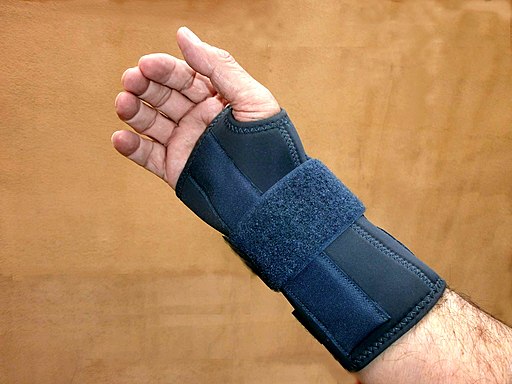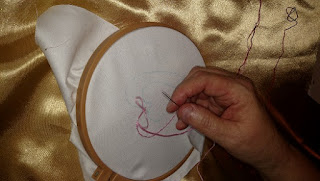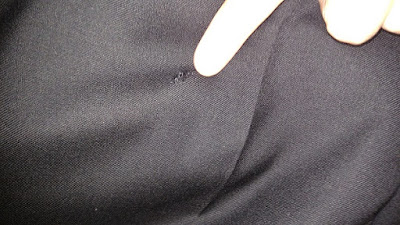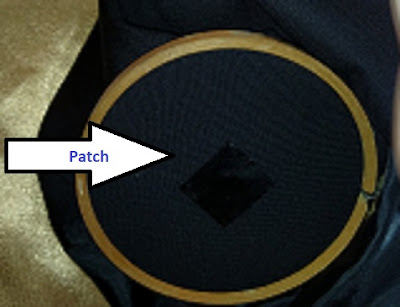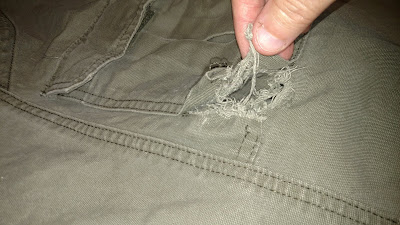If you're fairly new to sewing, or if you've been sewing a while but are still a bit of a novice, you may have heard about the risks of sewing with old thread - that sewing with old thread can mess up your sewing machine - that clothes made with vintage thread you make may fall apart - that kind of thing. Well, those things can happen, so I wanted to share a bit about how to tell if vintage thread is too old to use.
 |
| Old thread image courtesy of LisaRedfern and Pixabay |
Wooden Spools Are a Sign You Have Old Thread
Thread used to come on wooden spools, until about the mid-1970's. Since then, it's been wound on platic and hard foam spools, so if you're looking at a length of thread wound around a wooden spool, it's probably been there a while.
Can You Use Vintage Thread Or Not?
Does that mean you can't use old thread? Some people will say don't use it at all - to just glue the old spools to some craft project - and that's cool if the idea interrests you - but it isn't necesssary - old thread can be used for certain things. Ideally, once thread is that old, it should only be used for certain things, such as crafts that don't take any abuse.
How Do I Know If Old Thread I Safe to Use?
While this isn't a very scientific way to test vintage thread for tensile strength, pulling on it is one of the easiest, fastest ways to find out how strong it is.
This is a short YouTube video I filmed that shows how to test old thread to see if it's strong enough to use to sew seams in pants. (It wasn't.)
Basically, if you're sewing clothes, you don't want to use thread that's likely to break and leave you exposed. When I filmed this, I was getting ready to sew a crotch, inner thigh area, outer thigh area and hip area on a pair of uniform pants for a mechanic, so I wanted to be sure the thread i used was going to helpd up to some heavy movement and strain.
Thanks for visiting Stitching it Right, if you're interested in learning how to sew, it would be so great if you watch the video and click the YouTube "Subscribe" button and notification bell icon for Sewing Lessons From Stitching it Right.



